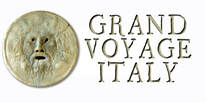|
Matera, located in Basilicata near the border of Puglia, is one of the most unusual towns in all of Italy in this respect... because of its Sassi (literally, rocks), the cave homes dug into the mountain that the city sits upon. People have been living in caves for 50,000 years here. The Sassi have been restored into posh hotels and B&Bs and apartments with Matera itself declared the Capitol of Europe for 2019. In winter, the surrounding rocky landscape and the Sassi homes are a wonderland, especially with a dusting of snow... In December and January, visitors to Matera can walk through the Sassi, along the edge of the gorge and enjoy the Living Presepio displays. Much like small presepio displays, besides the Nativity scene itself (with Joseph, Mary and Jesus), there are costumed Materese portraying shopkeepers, musicians, beggars and gypsies from the time of Jesus.
The presepio, derived from the Latin word presepium, meaning manger, has been the defacto symbol of Christmas for Italian families for dozens of generations, and in the South, perhaps as long as a thousand years. Of course, most Italians also have a modern Christmas tree, but the presepio in its simplest form is a tradition of devotion representing the birth of the baby Jesus. These nativity scenes typically consist of a structure to represent the simple barn where Joseph and Mary were forced to give birth to the Son of God. An ox, donkey, angels and perhaps the three Wise Men are typically represented. But the presepio is often much, much more, showing village scenes from every day life. Its components are mostly handmade from a variety of materials: wood, ceramic, cartapesta (Papier-mâché), terracotta and fabrics. Some scenes include small waterfalls or fountains, houses, buildings, mountains, trees, grottoes, livestock and vendors of all sorts. The details can be absolutely astounding. 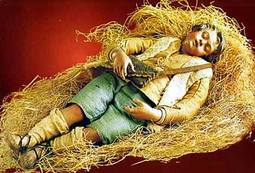 There are some characters and elements that many deem essential to the tradition:
|
Categories
All
Archives
January 2024
|

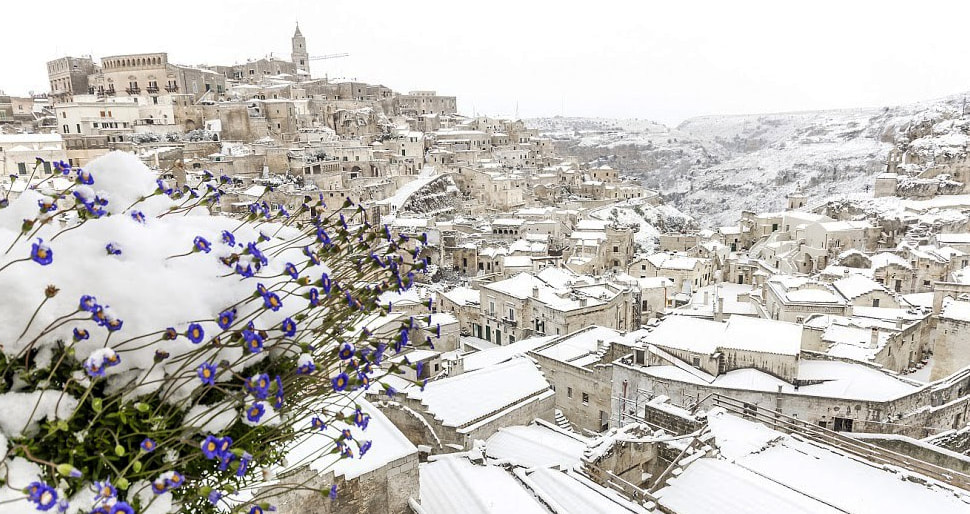
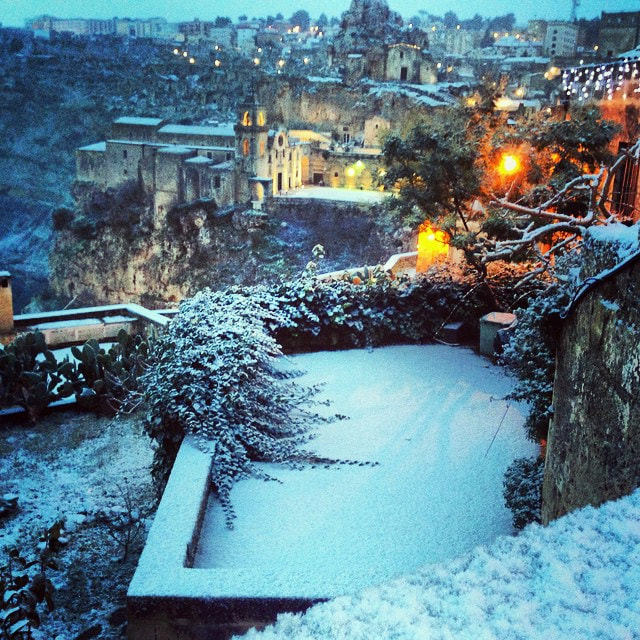
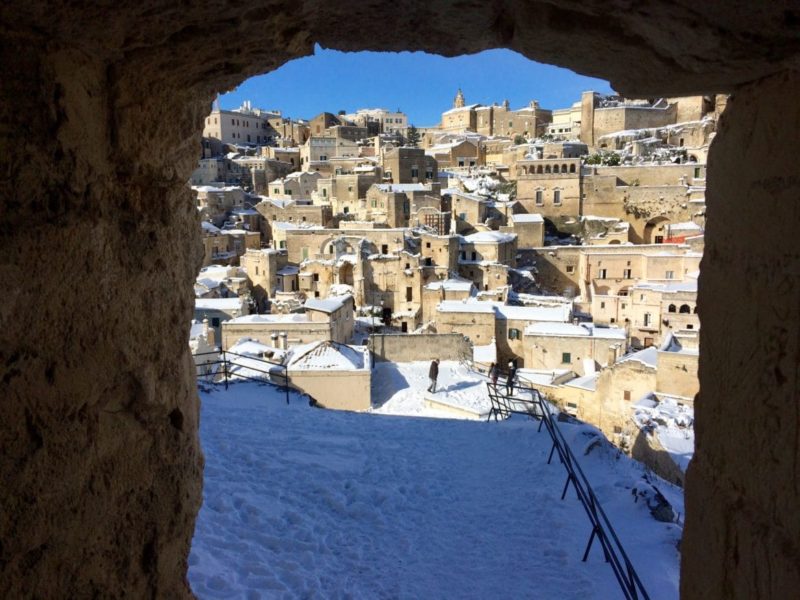
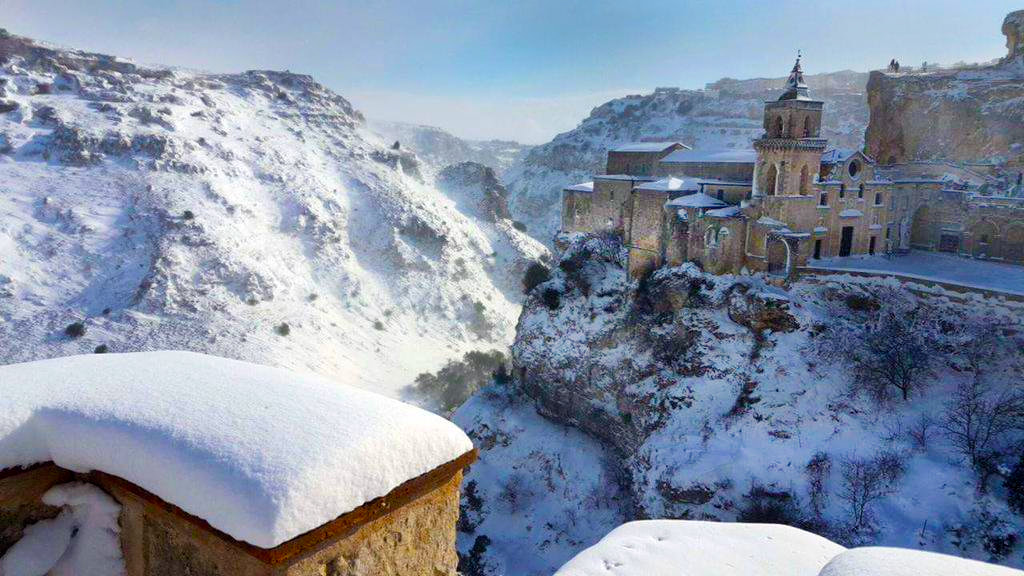
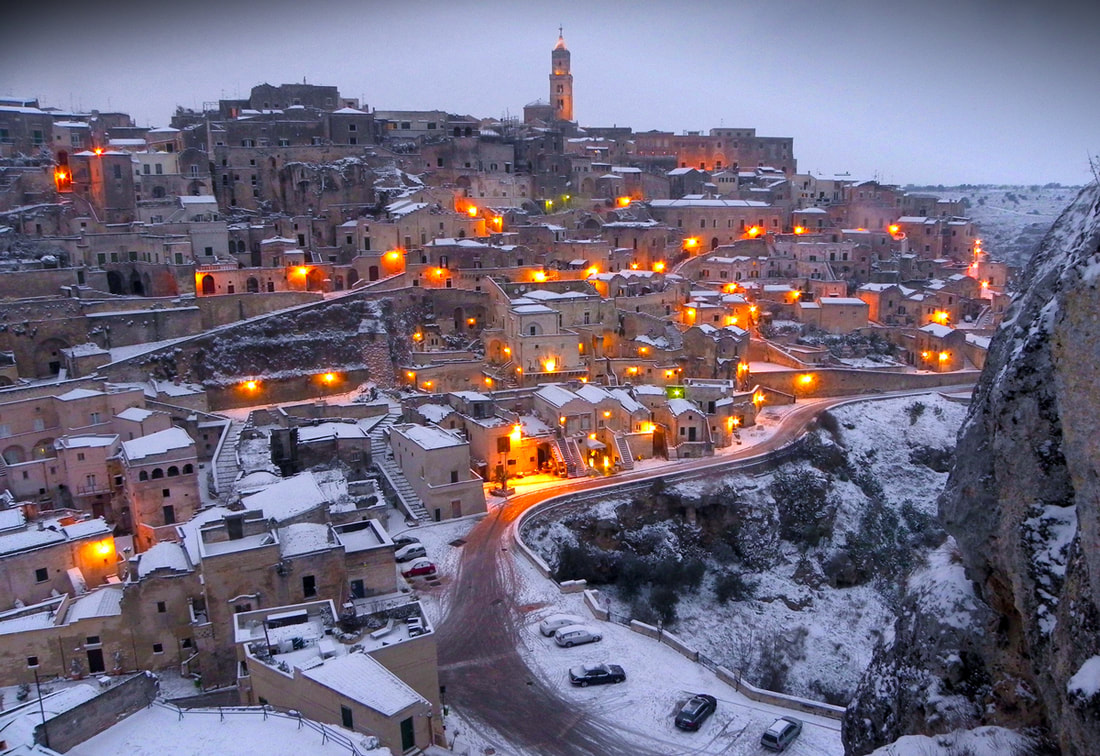
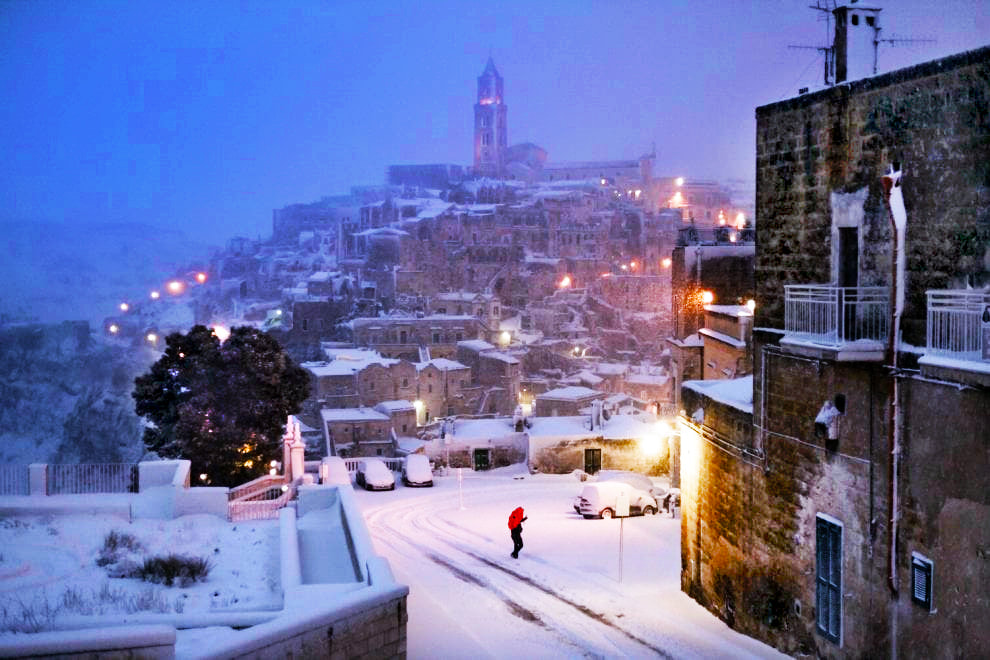
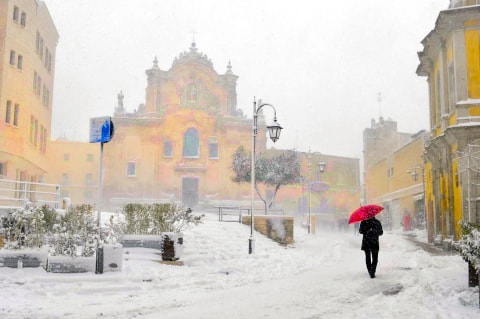

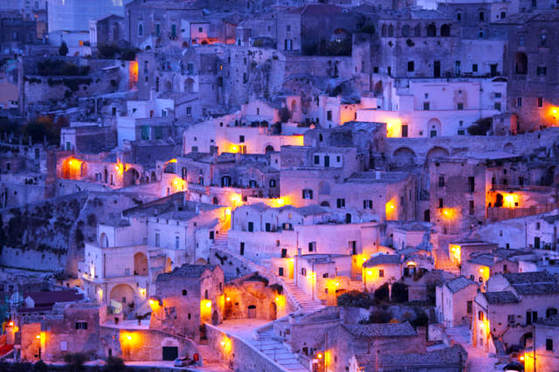
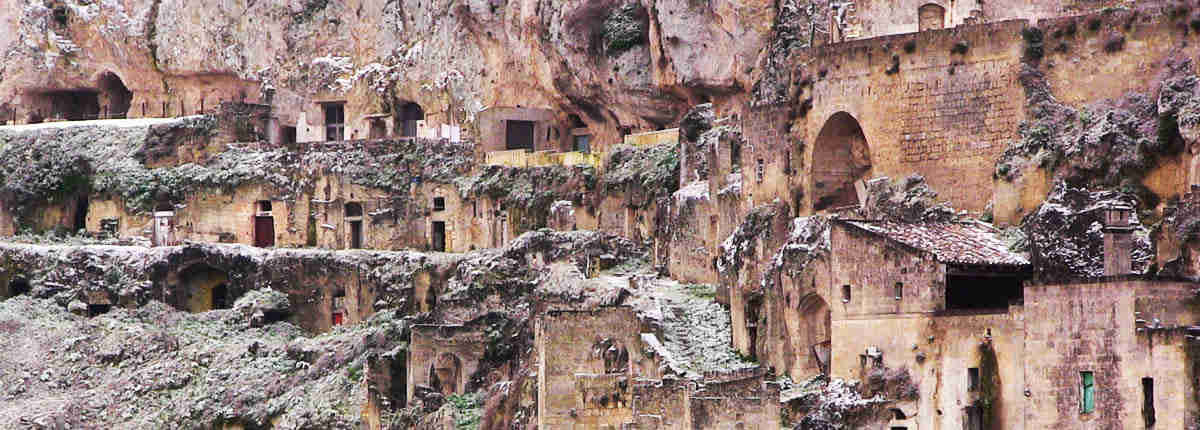

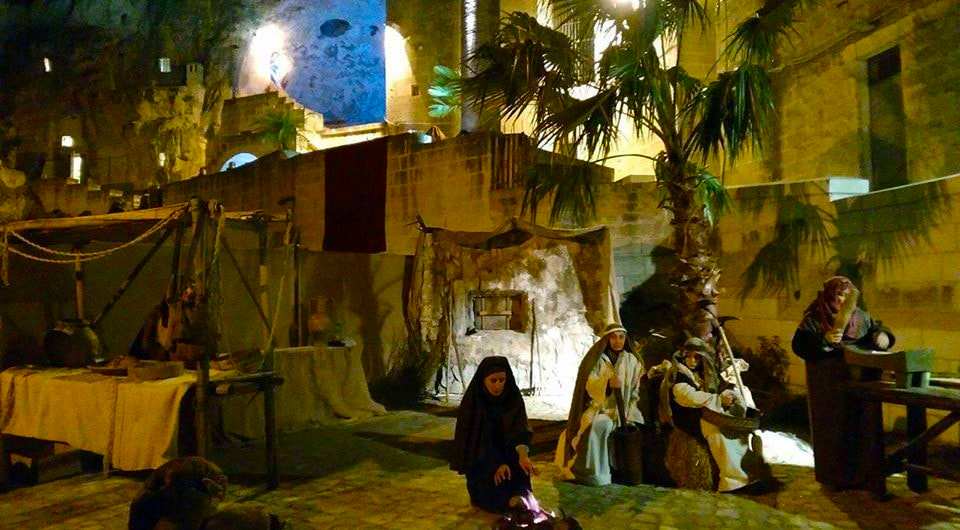
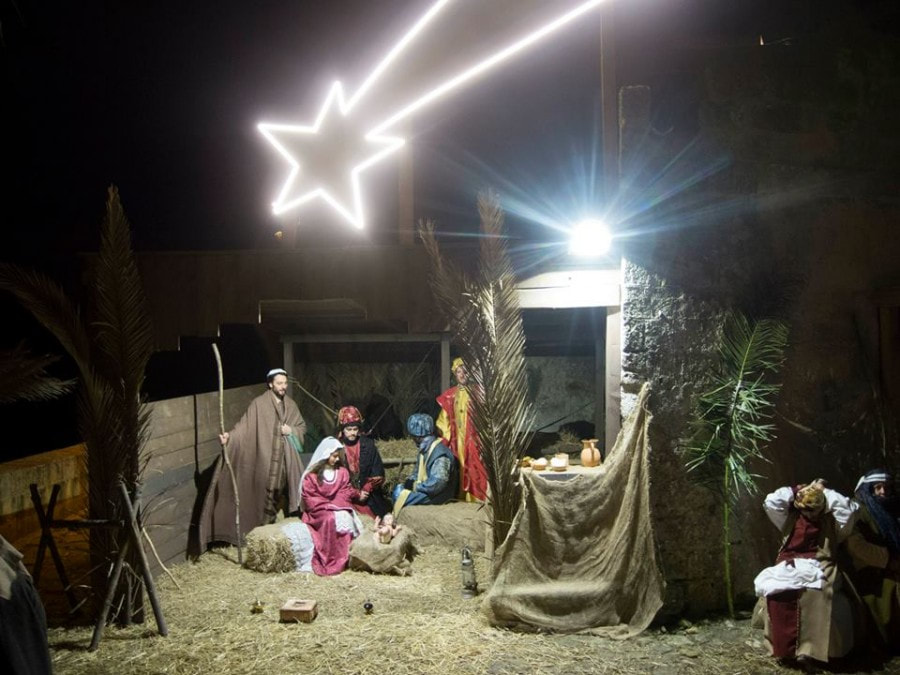
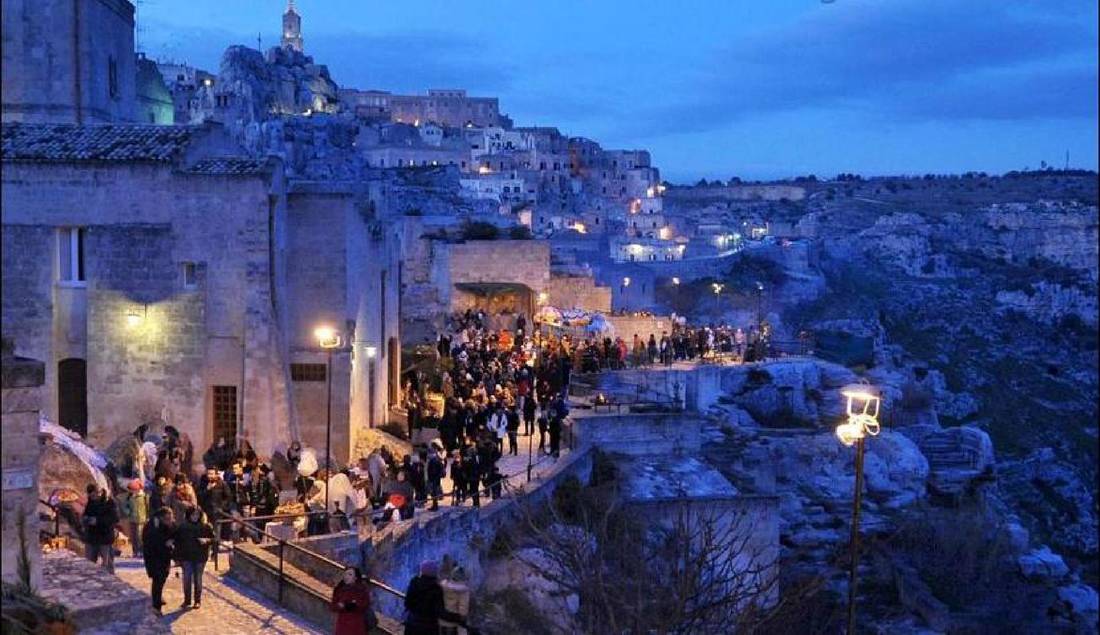
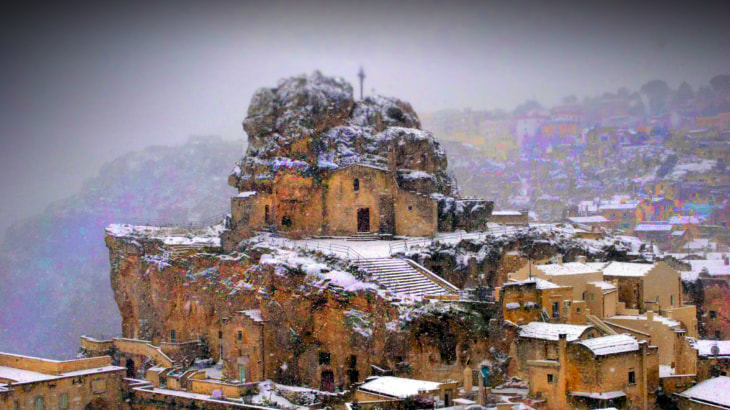
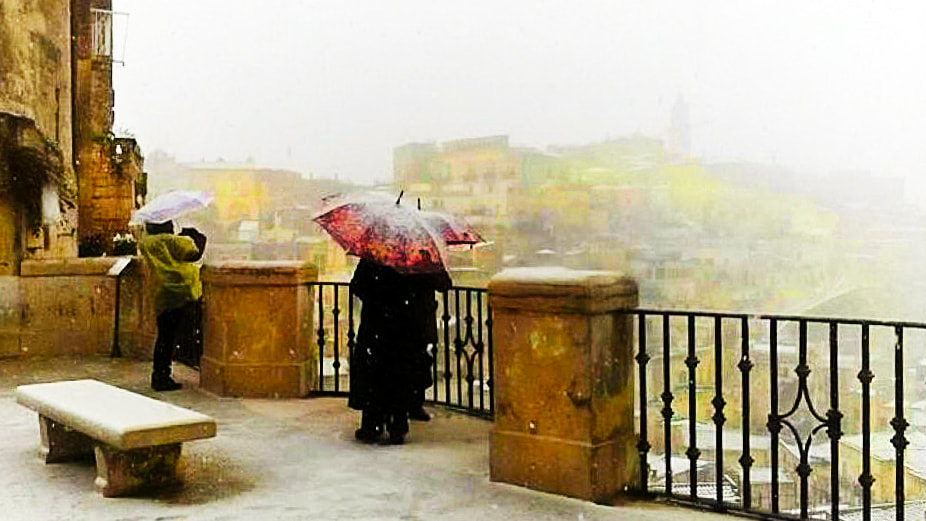
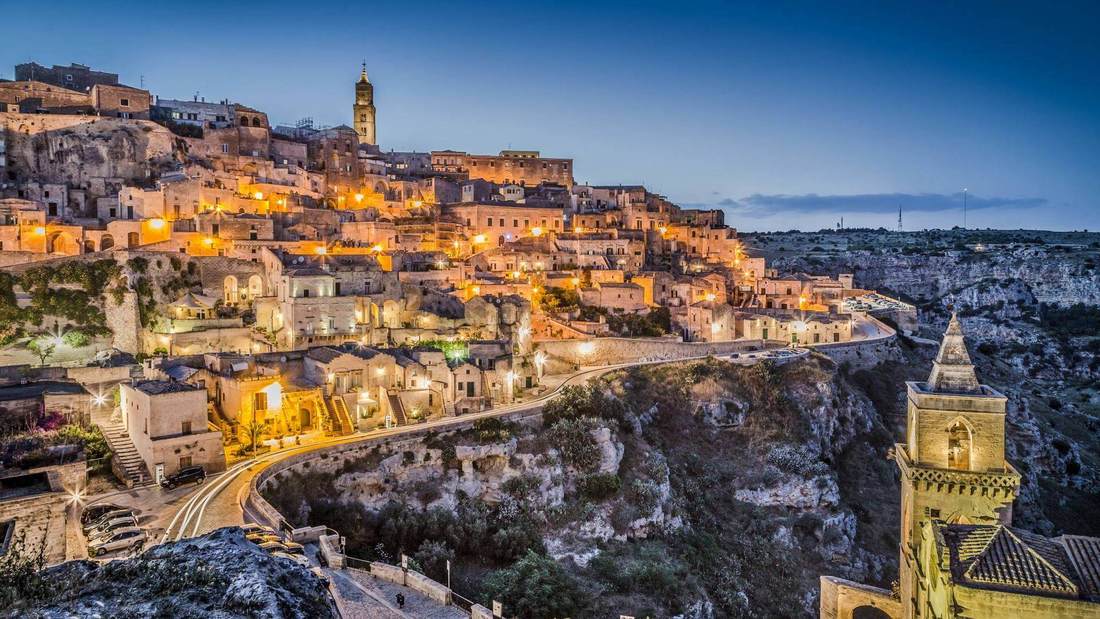

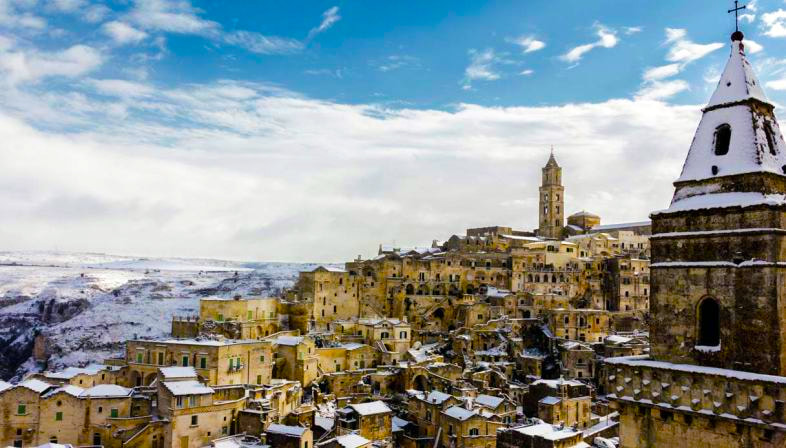
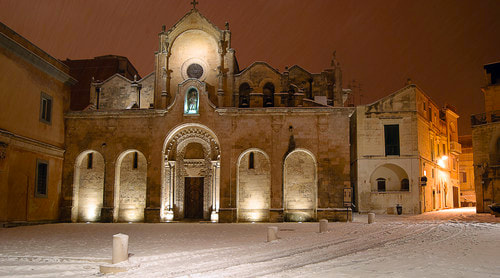
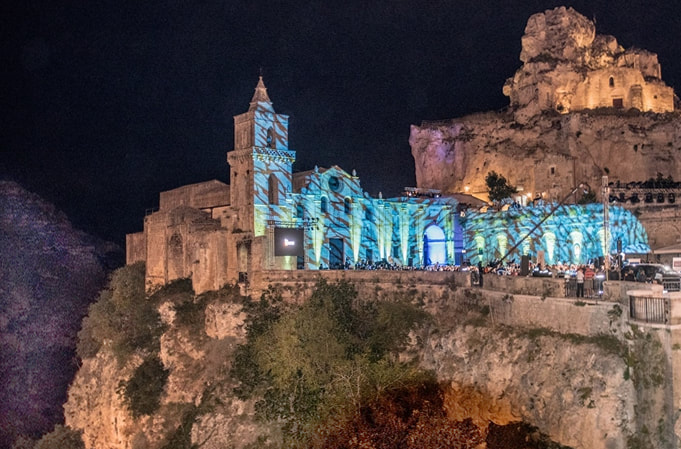
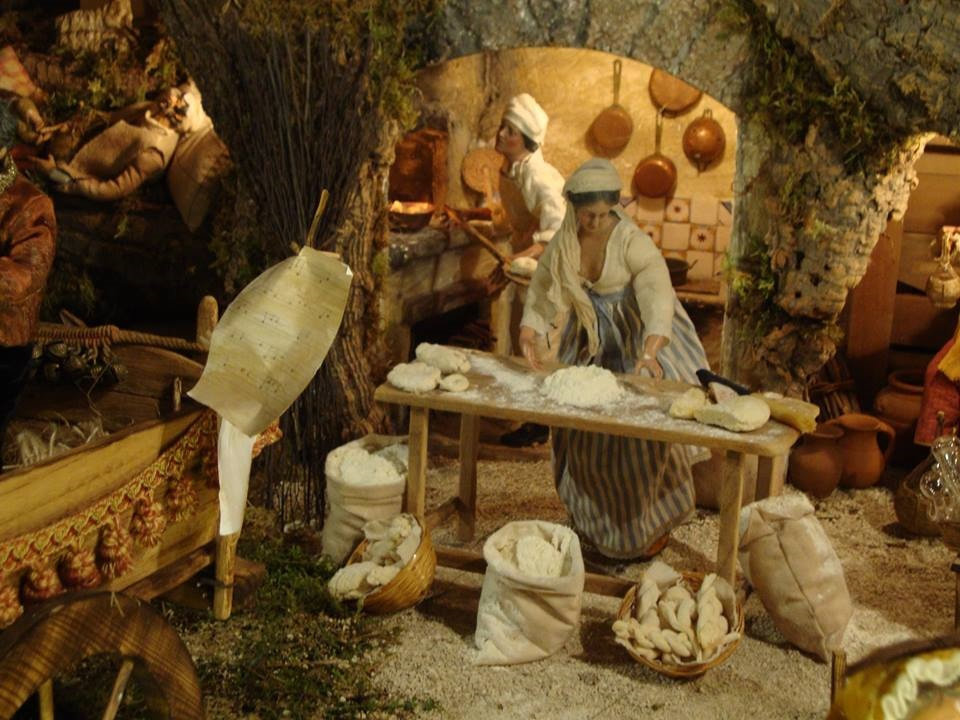
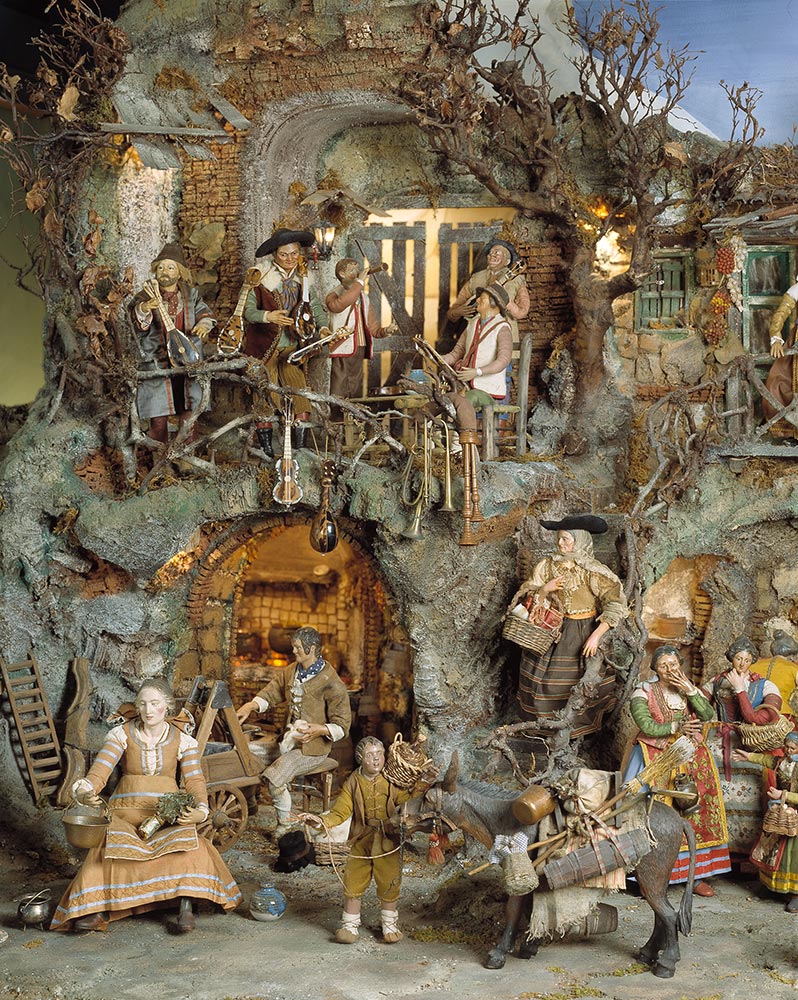
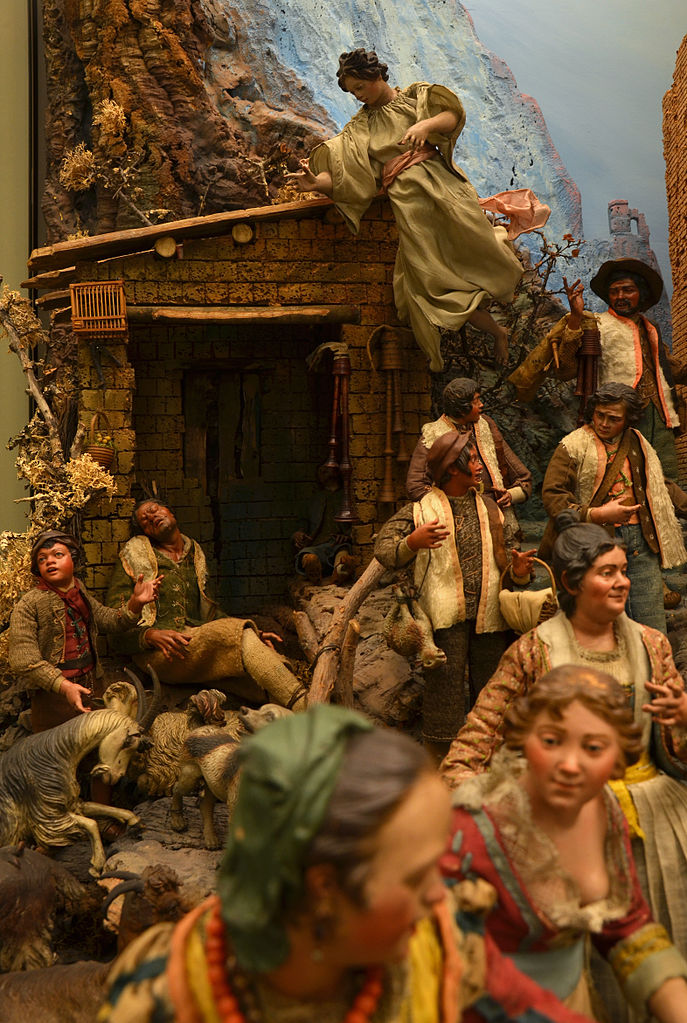
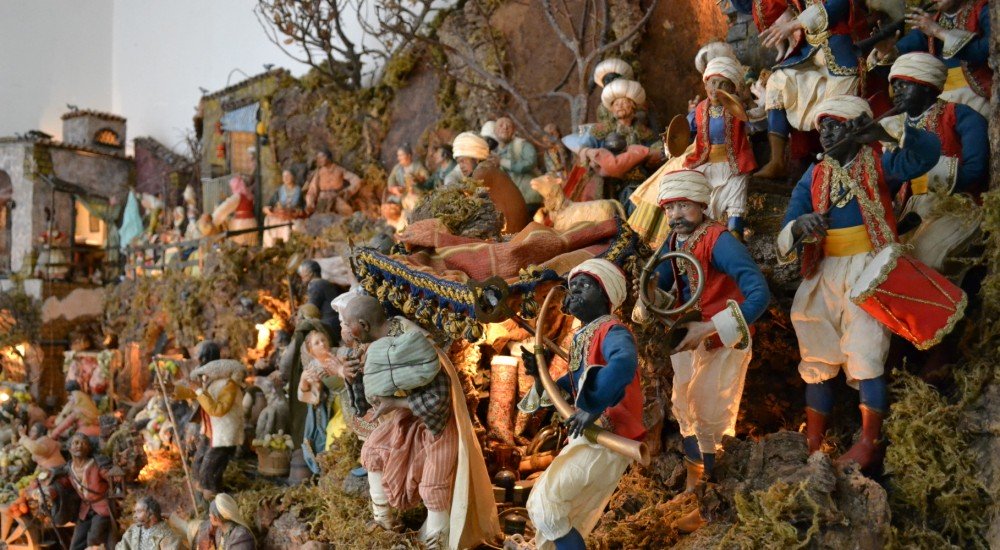
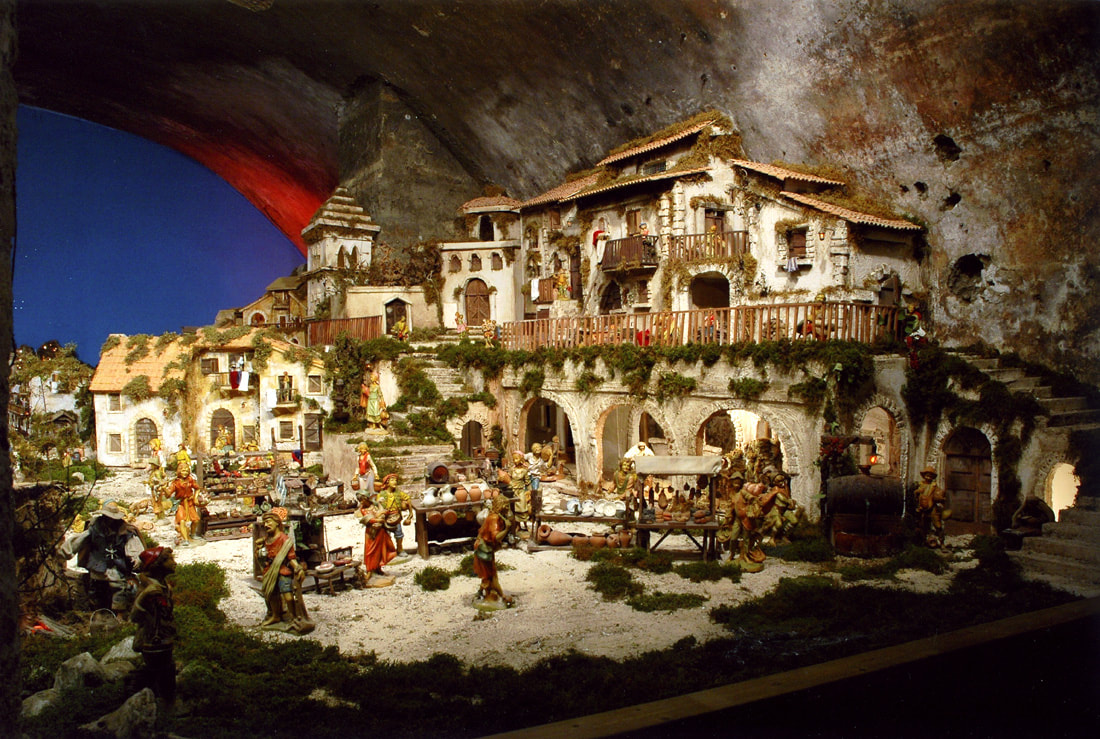
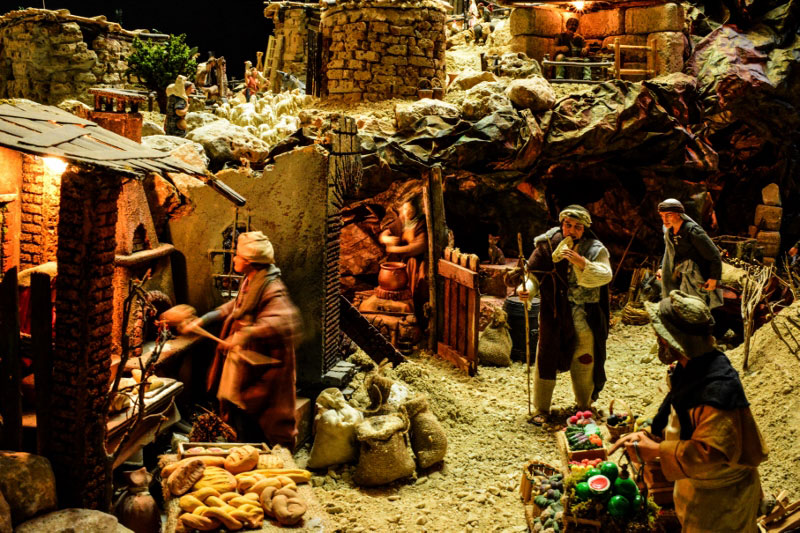
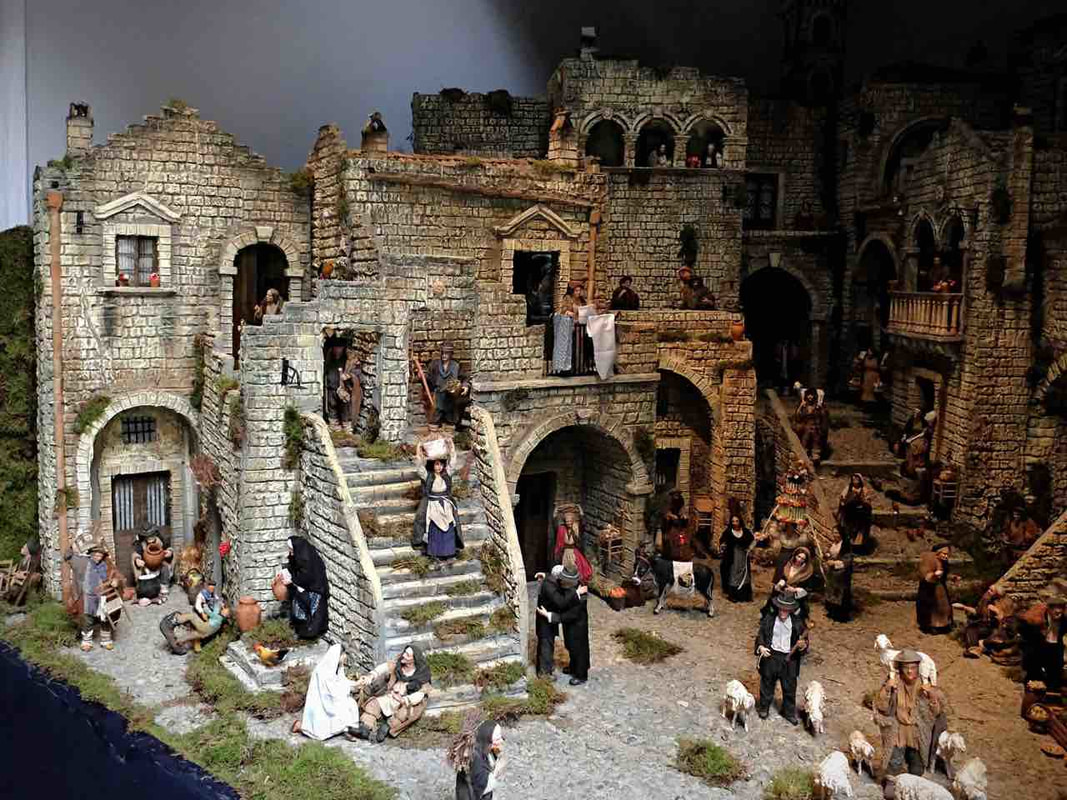
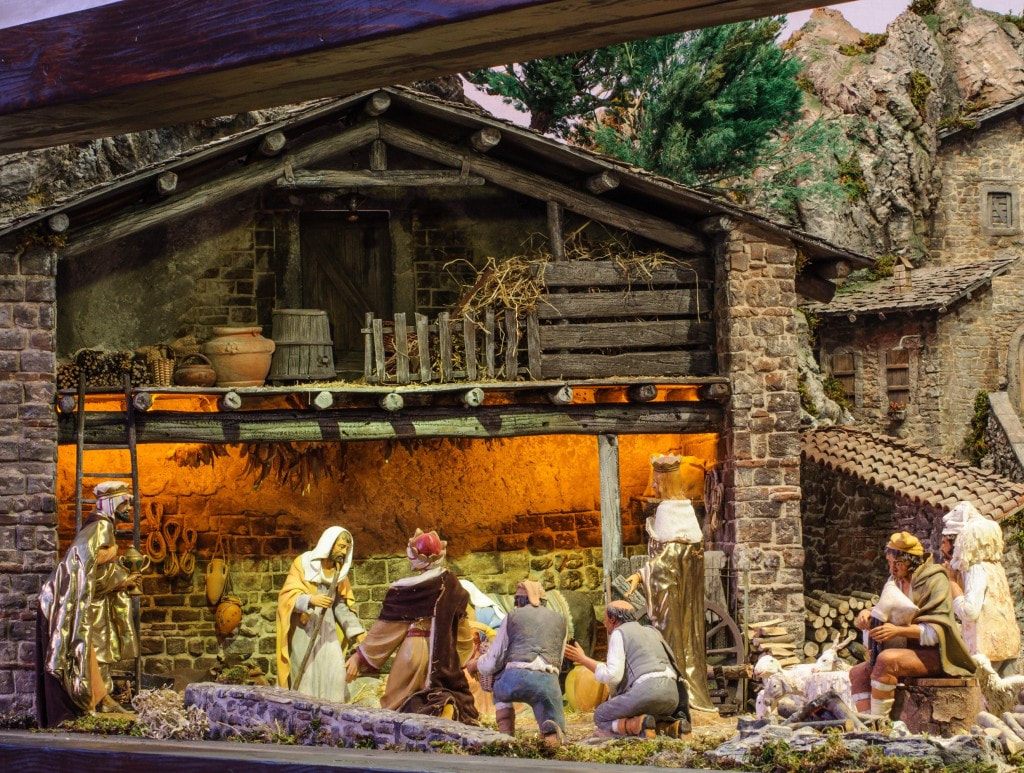
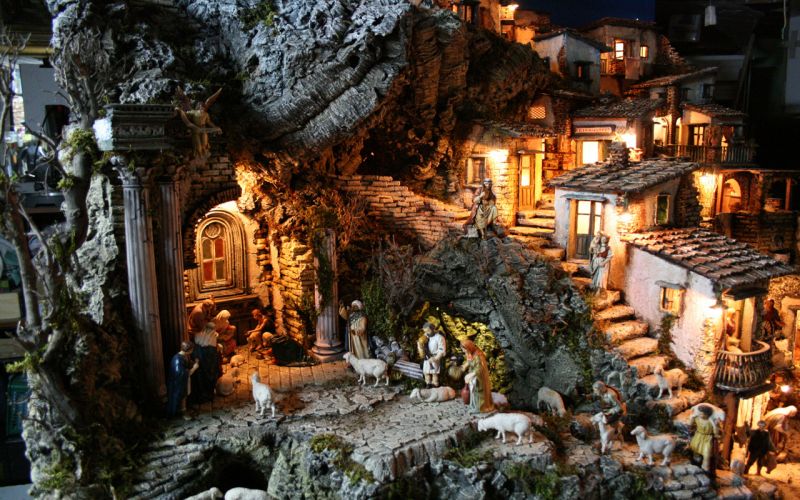
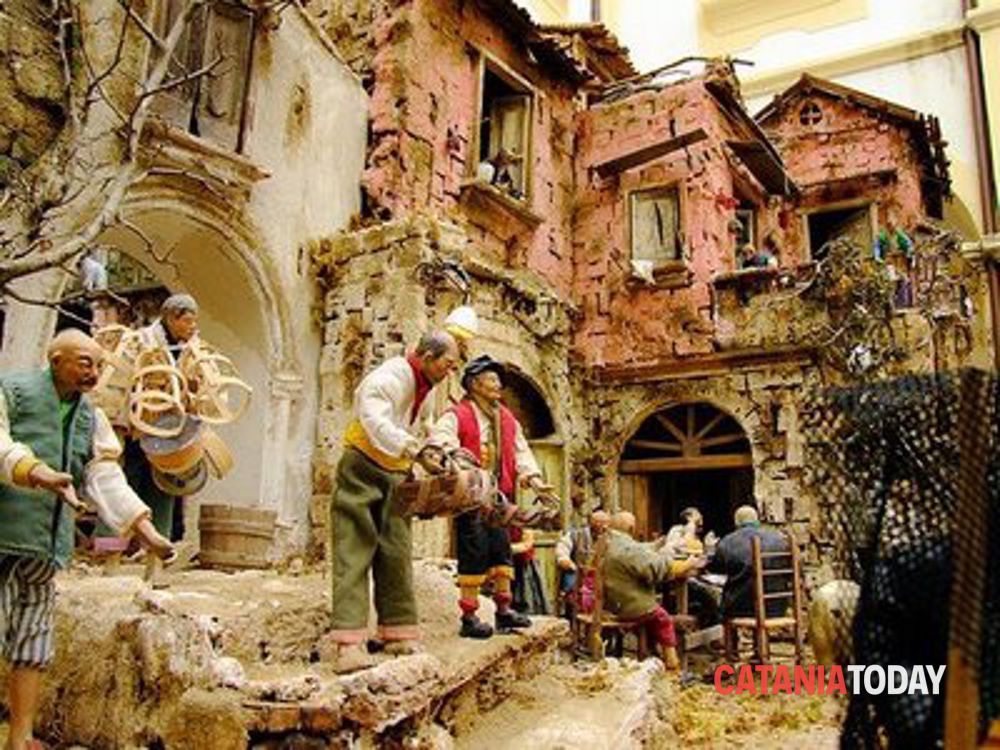
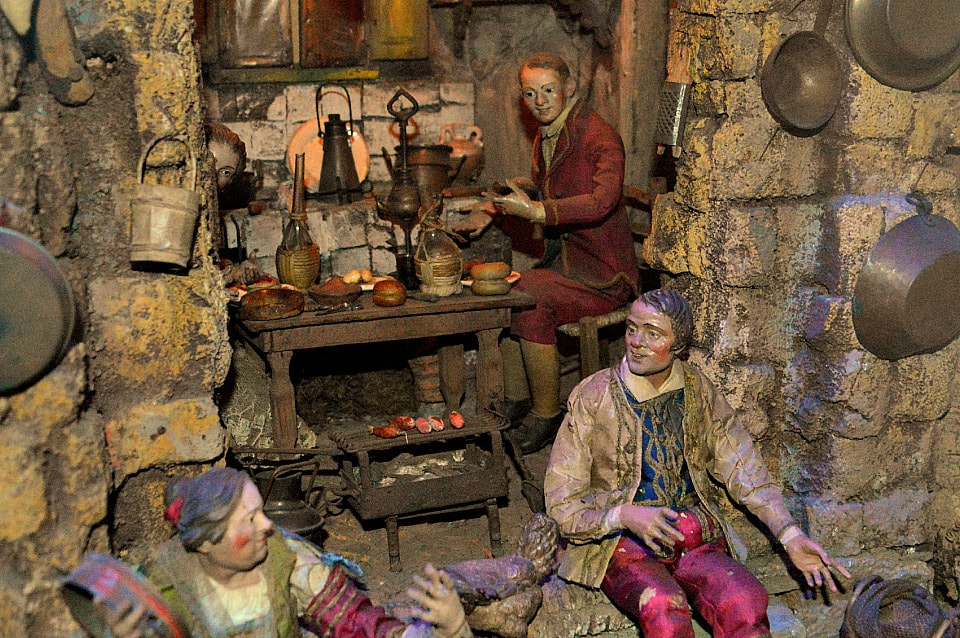

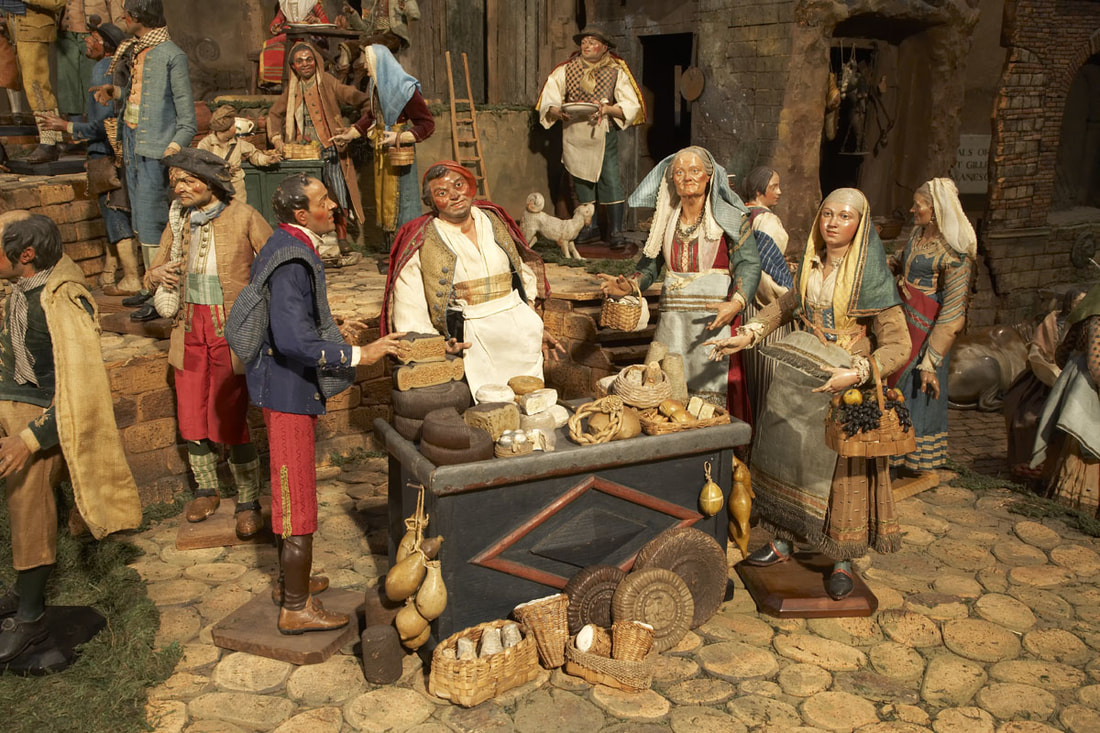
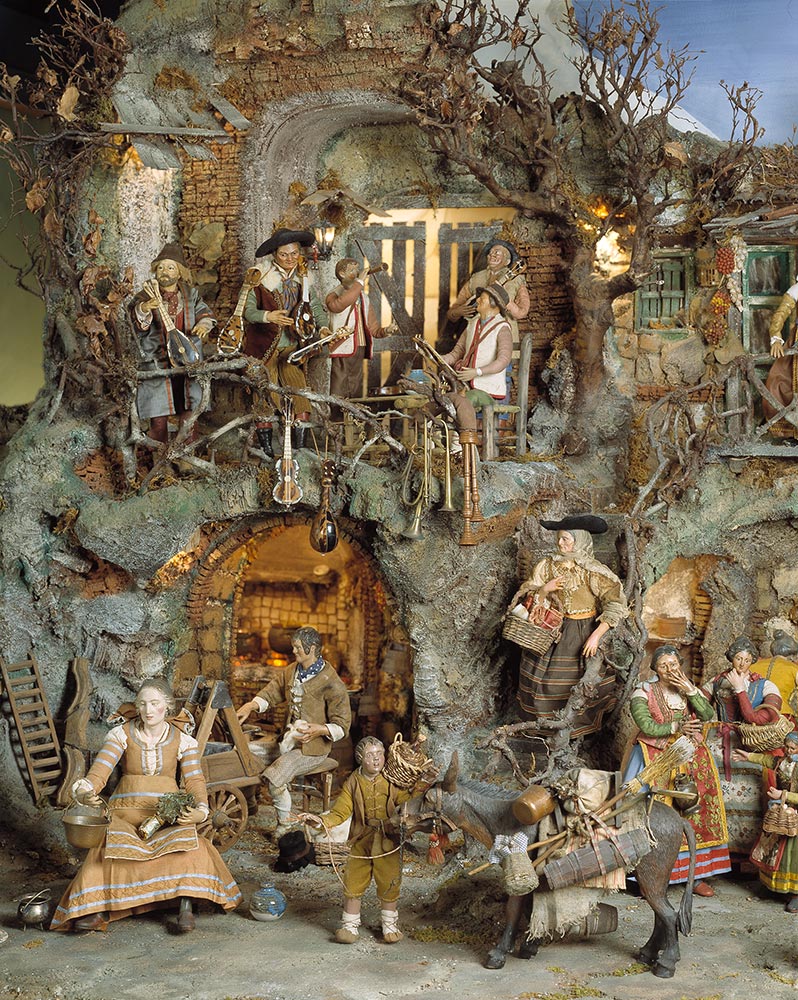
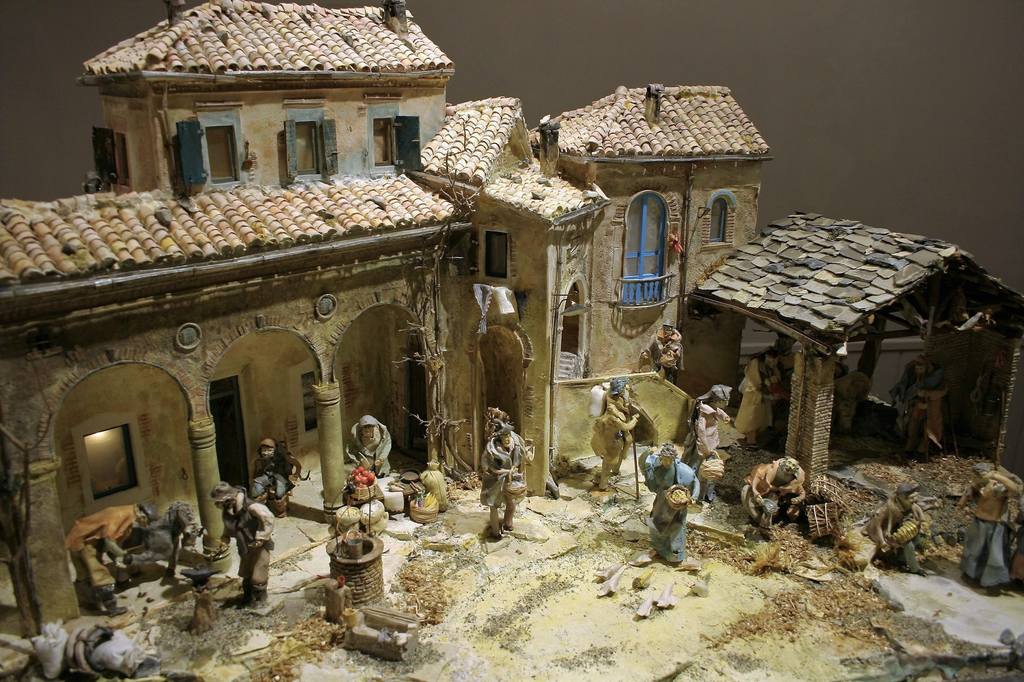
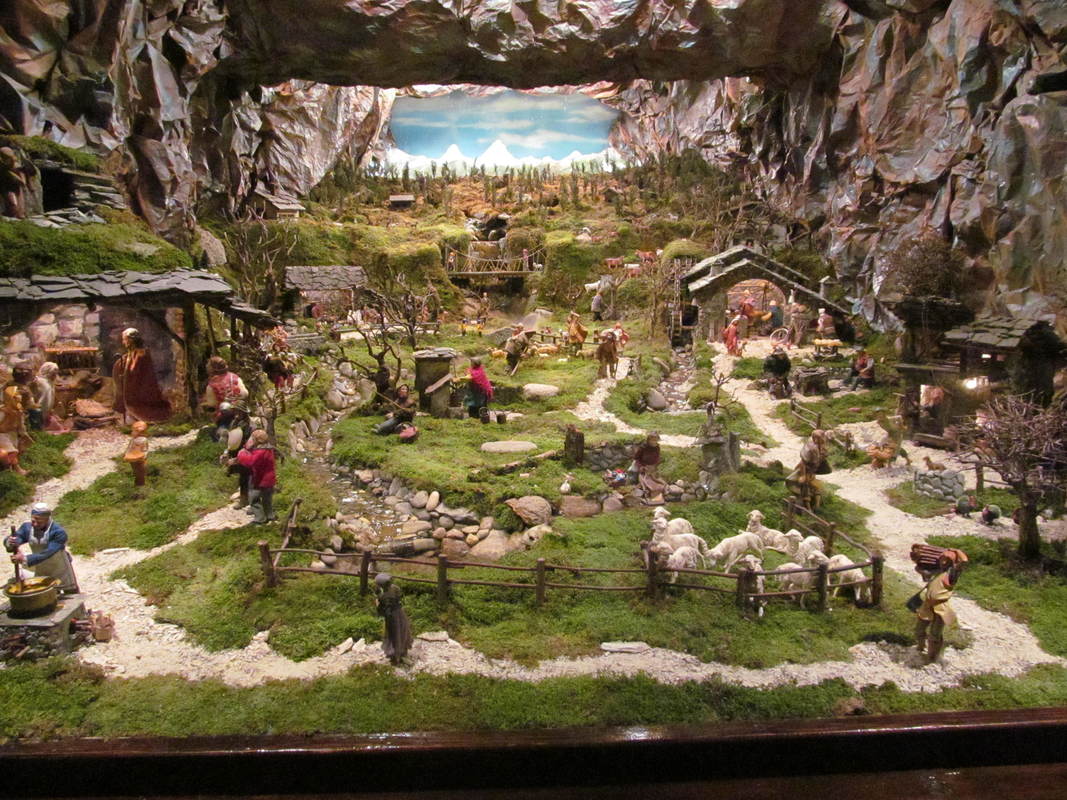
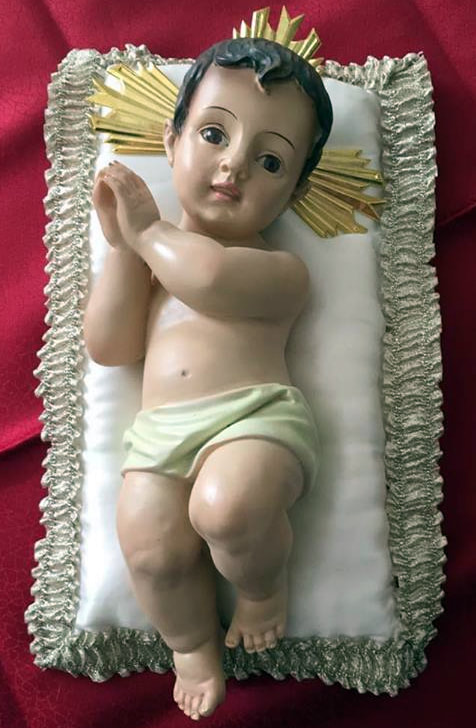
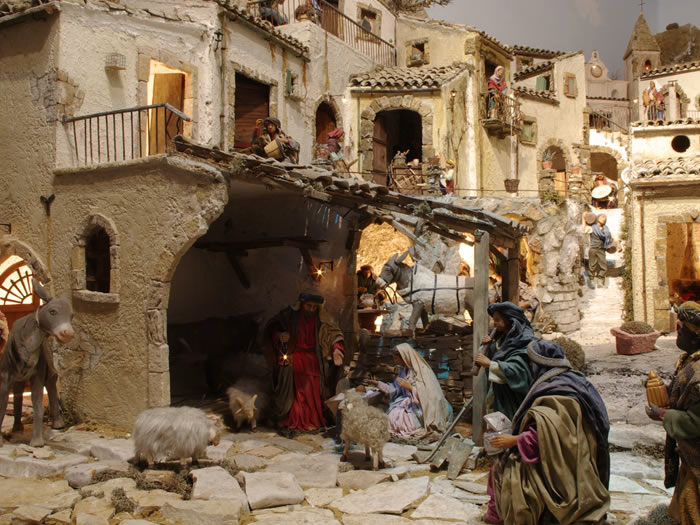
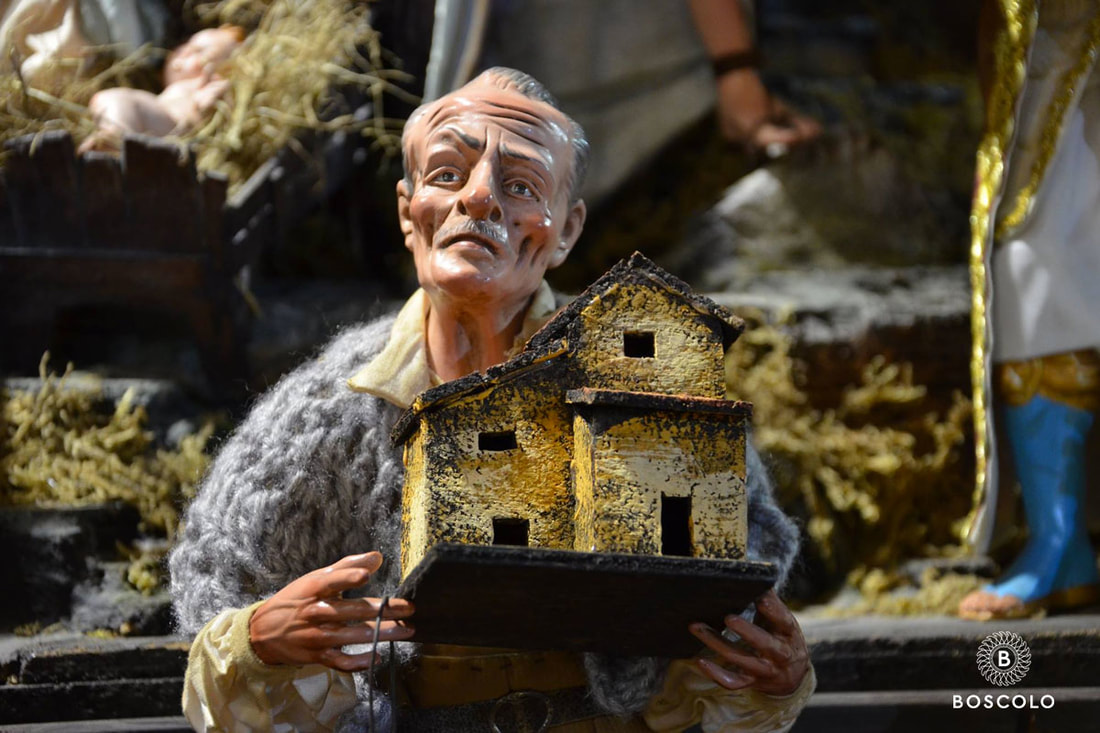
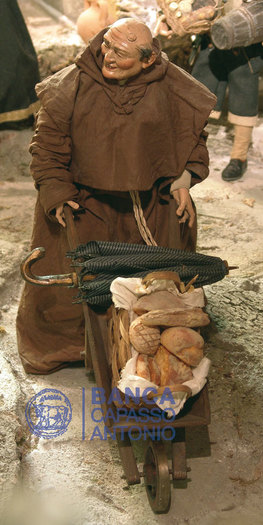

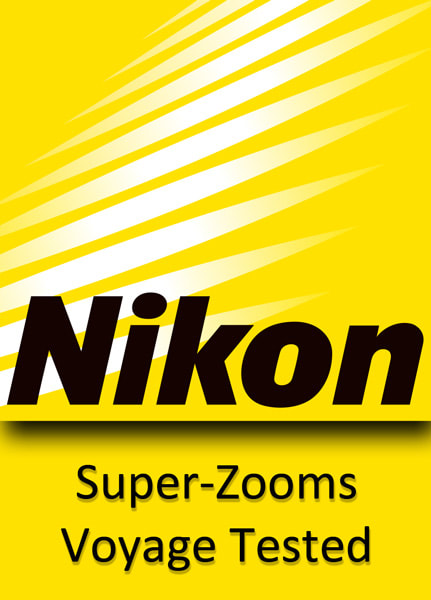
 RSS Feed
RSS Feed
